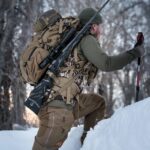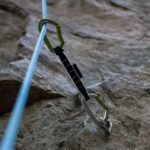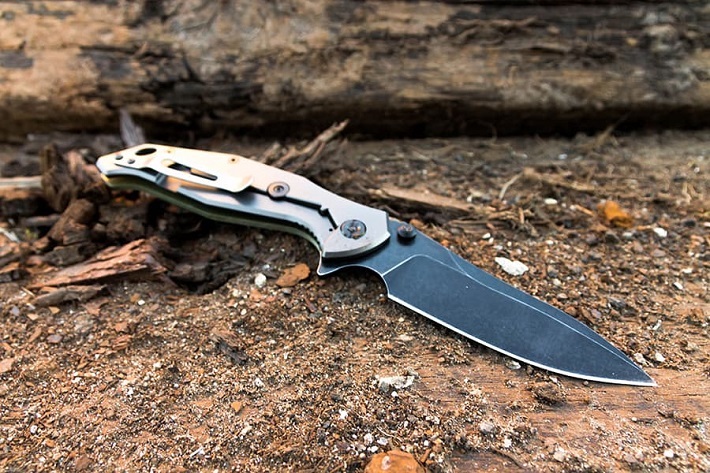
Source: theusmarines.com
Most people would say that the wheel is the most important invention humans have ever created. But one that we often use yet seem to overlook in this case is the knife. A knife has been used by humans longer than the wheel has. It has helped us survive in many ways. While the earliest forms of knives aren’t anything near as today’s pocket knives, they have done a great job serving humans to cut and pierce through animal skin and fend off predators. Today, there are many types of knives, and carrying any of those knives can be quite beneficial.
While you must first check if it’s legal to carry a knife out in public, it is of no surprise that it can help in defending from an attacker. Great for self-defence, fixed tactical knives are also great at other things such as helping you do some woodwork or peel some fruit. Carrying a tactical knife comes in handy as a first-aid tool as well as for trimming and cutting open metal containers. For this to be possible though you need to look for certain properties when it comes to fixed tactical knives.
What Is a Tactical Knife?
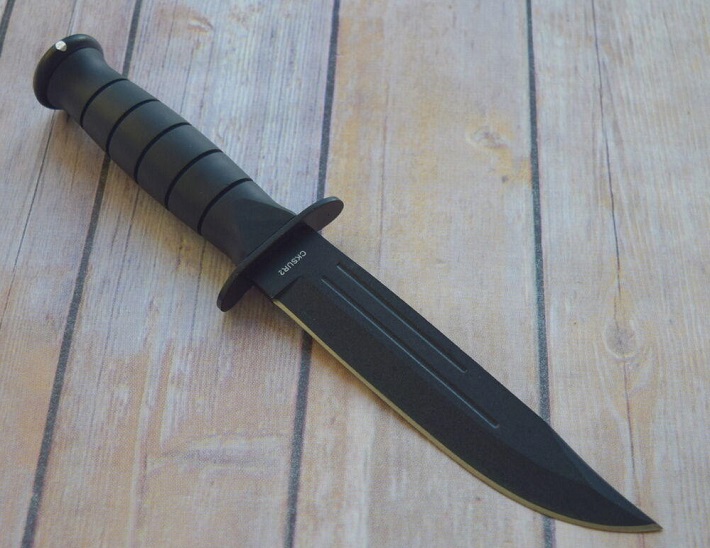
Source: bestblades4ever.com
First of all, what exactly is a tactical knife? A tactical knife is a knife that you can do anything with, including cut, pierce, skin and carve, and everything else in between. No matter if it’s a knife with a folding mechanism, or simply a top-tier fixed tactical knife, this is a tool that can be used for almost anything you can think of. Tactical knives are the most versatile but also the most durable and performance-oriented knives.
What Makes a Fixed Tactical Knife Exceptional
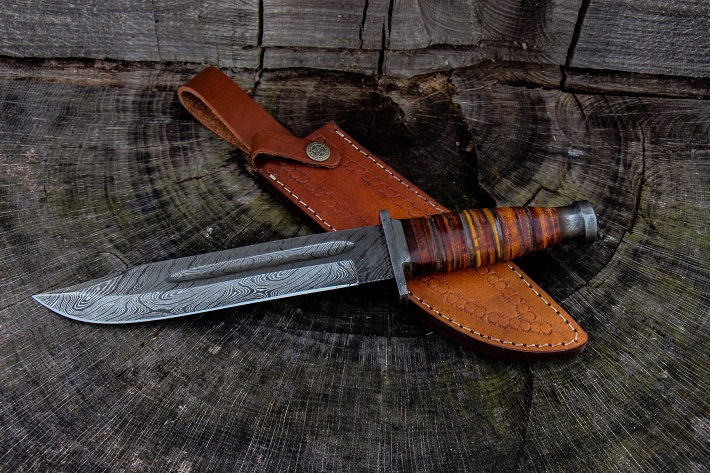
Source: producthunterguys.com
Blade Design
The first factor to consider when you need to buy a fixed tactical knife is the design of the blade. Should you go with a serrated or a straight edge design? Well, a straight-edge blade is one that we all know and love, it provides a clean cut, but it is not as good at cutting as a serrated one. With a serrated blade, you can cut through the toughest of materials but you won’t get a clean cut. Another thing that you need to remember is that straight edge blades have a straightforward sharpening method while serrated ones have it a bit more complicated.
Blade Shape
Speaking of the blade, there are different types of blade shapes. There are more than a dozen blades, with the most common being straight-back, drop-point, clip-point, sheepsfoot, Wharncliffe and more. A straight-back blade, like a straight edge blade design, is the most common and straightforward design that has a dull flat back and a curved edge.
Drop-point blades feature a convex curve on their back close to the top. This curve is less suited for piercing but it makes for a stronger blade due to its more filling shape. This makes the drop-point blade more powerful than a clip-point blade which is a normal blade with a clip at the back. As a result, its tip is thinner, making the blade perfect for cutting in hard-to-reach places.
A sheepsfoot blade has the opposite shape of a normal blade, This type of knife blade has a dull back, but it is mainly straight with a lot fewer curves. These blades are perfect for chopping but they do lack a sharp point. Wharncliffe blades are thicker than sheepsfoot blades, but they are very similar. The back of the Wharncliffe knife starts to curve with the curve going all the way to the tip.
Handle
The material from which a fixed tactical knife’s handle is made of can impact ergonomics as well as performance. A fixed tactical knife with a wooden handle is extremely durable but only when treated from time to time. Not as ergonomic as ABS handles which are made of tough plastic. ABS plastic is not only durable, but makes the knife a lot more affordable without having a negative effect on performance.
Bone handles are made from any critter you can imagine. With a rough surface, they provide the best grip imaginable but they are not as common on tactical knives as paracord handles. Paracord handles are made of military-grade material which makes for an extremely durable knife and one that can take quite the beating without losing its excellent grip. There are horn handles that are made from antlers which are easy to grip, but it also ramps up the knife’s price since they are hand-carved.
Dimensions
Tactical knives are known to be on the larger side because of the materials they’re made of and the features they come with. There are small ones that offer just as great versatility and performances, but you shouldn’t go too small as it can be quite hard to cut through something with a small knife. The smaller tactical knives are usually ones that fold. This is a downside when you want a knife to last you a long time since the folding mechanism adds to the problem.


